Discover 9 hidden attractions, cool sights, and unusual things to do in Manassas (United States). Don't miss out on these must-see attractions: Ben Lomond Plantation, Old Town Manassas, and Signal Hill. Also, be sure to include Manassas Industrial School for Colored Youth in your itinerary.
Below, you can find the list of the most amazing places you should visit in Manassas (Virginia).
Table of Contents
Ben Lomond Plantation
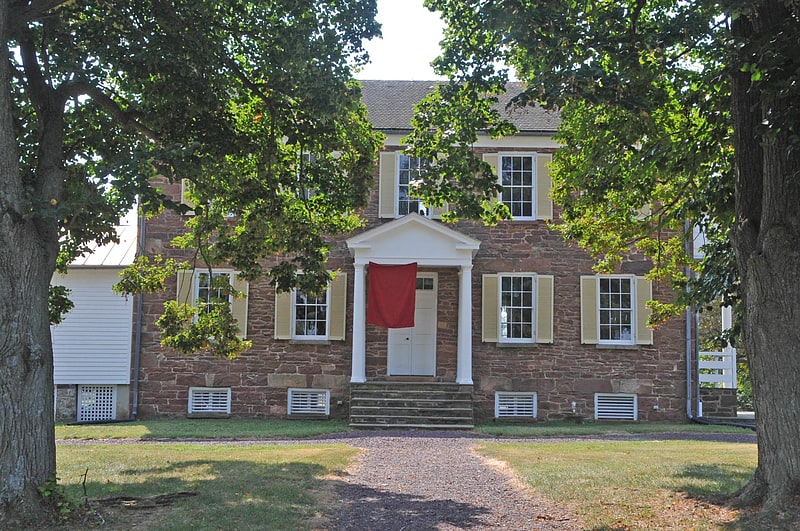
Museum in Prince William County, Virginia. Ben Lomond, also known as Ben Lomond Plantation, is a historic plantation house located at Bull Run, Prince William County, Virginia. It was built in 1837, and is a two-story, five bay, red sandstone dwelling with a gable roof. The house has a central-hall plan and one-story frame kitchen addition. One-story pedimented porches shelter the main and rear entries. Also on the property are the contributing frame two-story tenant's house, brick pumphouse, and a bunkhouse dated to the early 20th century; and a meat house, dairy, and slave quarters dated to the late-1830s.
It was listed on the National Register of Historic Places in 1980.
The house is owned by the County and is open for tour as a Civil War-period historic house museum.[1]
Address: 10321 Sudley Manor Dr, 20109-2962 Manassas
Old Town Manassas
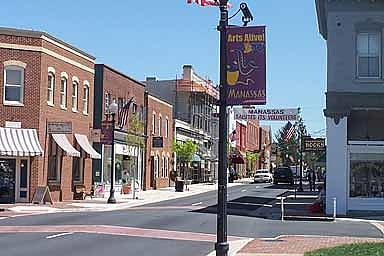
Old Town Manassas, or the Manassas Historic District, is a national historic district located at Manassas, Virginia. It encompasses 206 contributing buildings and 1 contributing object in the central business district and surrounding residential area of city of Manassas.[2]
Signal Hill

Signal Hill is a historic Confederate Army military site in Prince William County, Virginia. It is from this location, a signal station atop the hill, that Confederate observers in 1861 spotted Union Army troops attempting to cross Sudley Ford. The Confederate response to this maneuver began the First Battle of Bull Run.
Part of Signal Hill is now part of a public park owned by the city of Manassas Park; the rest is part of a preservation area belonging to a neighborhood association. The site was listed on the National Register of Historic Places in 1989.[3]
Manassas Industrial School for Colored Youth
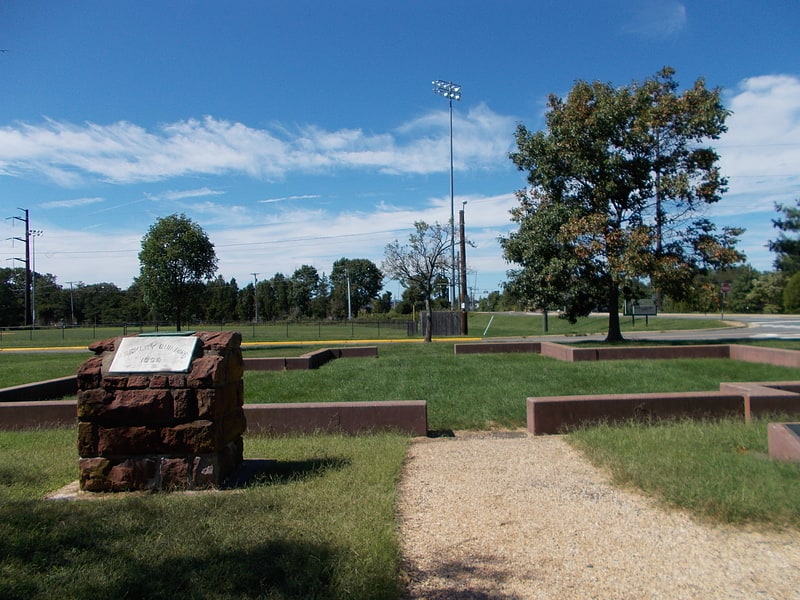
The Manassas Industrial School for Colored Youth, commemorated as the Jennie Dean Memorial Site, was a former school for African-American children in Manassas, Virginia. The current site name honors the school's founder, Jennie Dean, a charismatic ex-slave who believed in the value of vocational education for African-American youth of both sexes.
Dean and other African Americans (with assistance of sympathetic whites) established the school as a private residential institution in 1893. In 1938, after the Virginia Supreme Court finally interpreted the 1902 state constitution's free public education requirement as mandating public schools for African American children as well as white children (through litigation sponsored by the National Association for the Advancement of Colored People), a regional public school system took over operations and ran the school until 1959. Thus, for approximately two decades between 1938 until 1958, the Manassas Industrial School formally became the only school for secondary education of African American students in five northern Virginia counties (Prince William, Fairfax, Arlington, Loudoun and Fauquier). After World War II, northern Virginia's population increased and the NAACP followed victories improving salaries for black teachers and allowing black children to receive bus rides to segregated schools by litigating directly against segregated schools. This led to several important court decisions against segregation in the 1950s and 1960s, including Brown v. Board of Education and a companion case from Virginia. Opponents of integration initially implemented a massive resistance strategy, which initially closed schools integrating even pursuant to court order, but eventually led to integrated schools. The Manassas Industrial School closed in 1959, after the Virginia Supreme Court and a three-judge panel of federal judges both separately ruled on January 19, 1959 (Lee-Jackson Day in Virginia) against the core Virginia Massive Resistance legislation.
The Manassas Industrial School buildings were demolished and a new elementary school with ball fields and park facilities constructed nearby. A series of historic markers was erected on the property and the site landscaped.
In September, 2015, the school's class roster for 1927 was discovered. The Principal was William C. Taylor. Class colors were Red and Black. Class flower was a White Rose. Class roll was: William Henry Bailey, Garnetta Cornelia Battle, Ruth Estelle Clarke, Edward Albert Chambers, Naomi Agusta Dean, Edith Mae Gaskins, Harry Wilson Hall, Virginia Kelley Kenny, Paul Emanuel Rier, Adrian Francais Robinson, Mary Viola Roberts, Kathleen Lewisha Thomas, Rosa James Thomas, Tasco Delany Thomas, Hazel Belle Voorhees, William Henry Waddell, George Shermy woodson, Roberta Josephine Waters and Mary Synora Waller. Class motto was: Pick out your peak and climb.
The site was added to the National Register of Historic Places in 1994.[4]
Manassas Water Tower
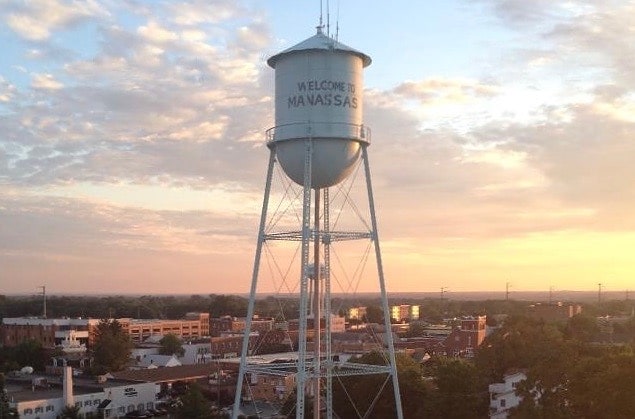
The Manassas Water Tower is a historic water storage facility at 9000 Quarry Street in Manassas, Virginia. It is a steel structure 147 feet in height, and is typical in style for its 1914 construction date, with a steel trestle supporting a tank with a hemispherical base and conical roof. It has a capacity of 75,000 US gallons. It was built near one of the city's six water wells, and is one of six water towers in the state with a hemispherical bottom. It is also the oldest water tower in the region.
It was added to the National Register of Historic Places in 2016.[5]
Harris Pavilion
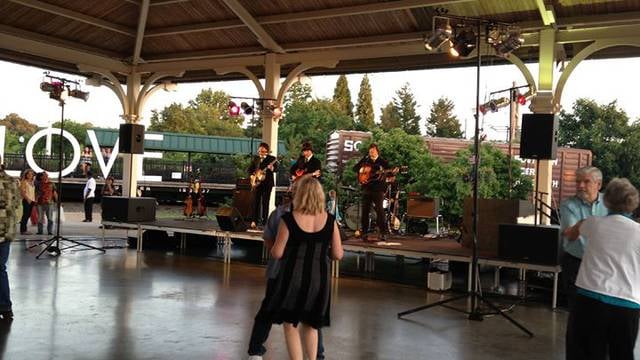
Park, Relax in park
Address: 9201 Center St, Manassas (Manassas)
Liberia

Historical landmark in Manassas, Virginia. Liberia is a historic plantation house located at Manassas, Virginia, United States. It was built about 1825, and is a two-story, five-bay, Federal style brick dwelling. It has a parapet side-gable roof and a molded brick cornice with a saw-tooth design. It has a single-pile, modified central passage plan. During the American Civil War, it was used as headquarters by both Confederate and Union forces. Both Presidents Abraham Lincoln and Jefferson Davis, in addition to other statesmen, visited Liberia during the War.
The house was acquired by the City of Manassas on December 31, 1986, for use as a museum. The house is being restored and is open for special events and tours by appointment.
It was added to the National Register of Historic Places in 1980.[6]
Prince William County Courthouse
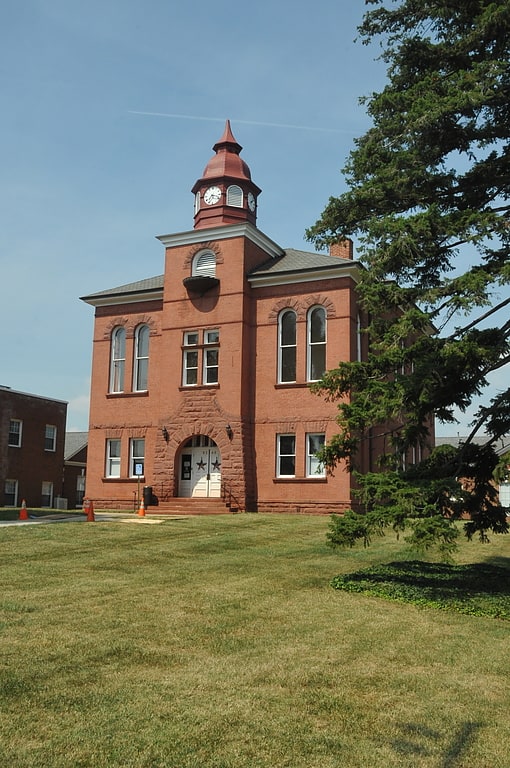
Office in Manassas, Virginia. Prince William County Courthouse is a historic courthouse located at 9248 Lee Avenue, Manassas, Prince William County, Virginia. Rehabilitated in 2000–2001, it currently houses some offices of the Prince William County clerk, and the historic courtroom upstairs can be rented for events.[7]
BowlAmerica

Bowling alley
Address: 9000 Mathis Ave, 20110-5218 Manassas (Manassas)